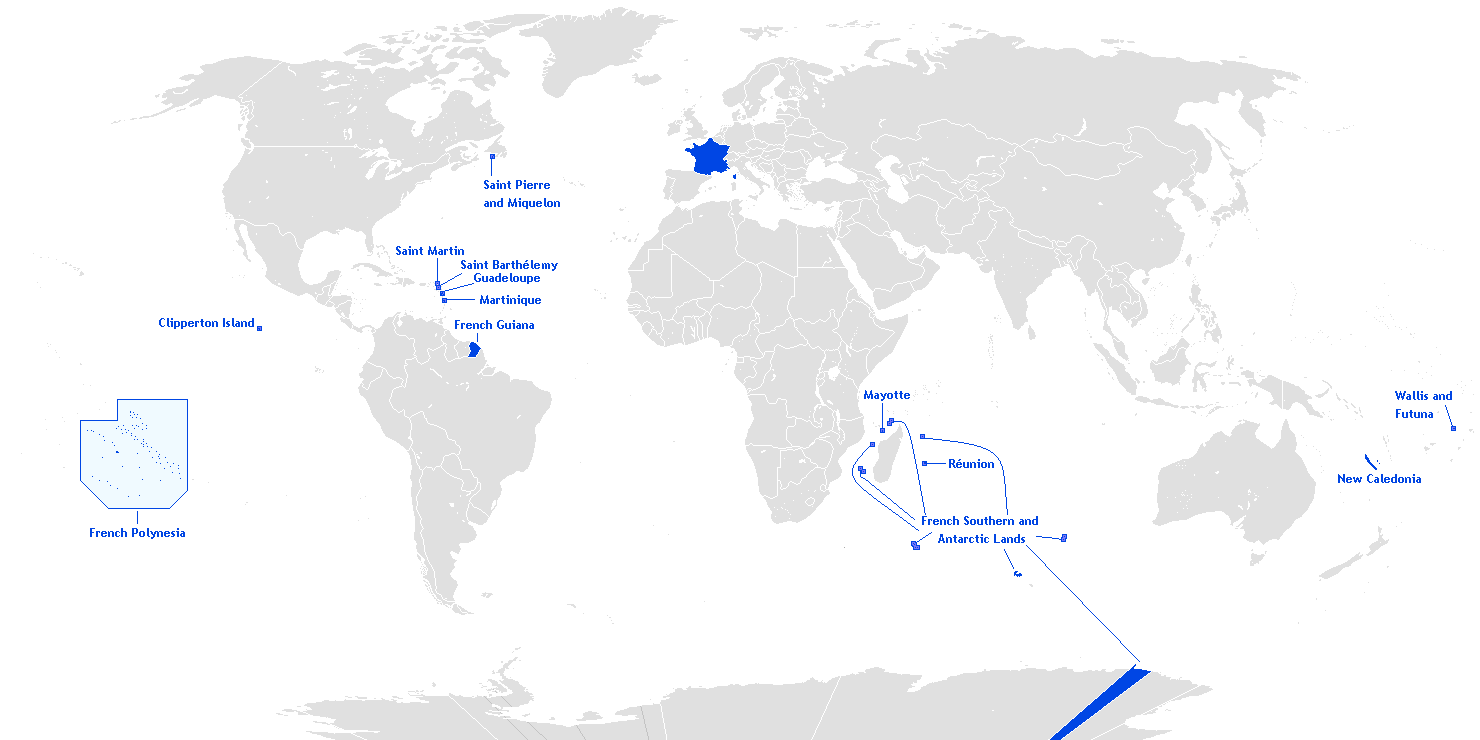
Polynesians. They are so fascinating to me.
They were great navigators, able to find small inhabited islands, using a whole range of techniques including use of the stars, the movement of ocean currents and wave patterns, the air and sea interference patterns caused by islands and atolls, the flight of birds, the winds and the weather. Scientists think that long-distance Polynesian voyaging followed the seasonal paths of birds. There are some references in their oral traditions to the flight of birds and some say that there were range marks onshore pointing to distant islands in line with these flyways.
One theory is that they would have taken a frigatebird with them. These birds refuse to land on the water as their feathers will become waterlogged making it impossible to fly. When the voyagers thought they were close to land they may have released the bird, which would either fly towards land or else return to the canoe. They were likely to have also used wave and swell formations to navigate and measured the time it took to sail between islands in "canoe-days’ or a similar type of expression.
The Great Polynesian migrations took them from Taiwan to Madagascar and Easter Island. These people carried coconuts, taro, pigs, chickens and breadfruit in their outrigger canoe, to perpetuate life in the new land discovered.
Some analysis indicate that they arrived to America before Columbus did. These guys were genius sailors. But unfortunately, they lacked a written language, so most of this knowledge was lost upon colonization :(

Ever wondered how was the Pacific inhabited? Through outrigger canoe trips.

There's quite a lot of people that mistake Tahiti for Haiti. Just like Sweden and Switzerland, these are very different things.
Tahiti is one island of the many included in French Polynesia. This a large group of islands is located in the middle of the Pacific. As shown in the map above, the extension is as large as Europe. To travel from Tahiti to the Marquesas (where Gaugin spent much of his life) is more or less like going from Stockholm to Paris. The atolls where the nuclear testing was conducted in the 90s (i.e. Mururoa & Fangatufa) are away from Tahiti, a distance comparable to what extends between Paris & Turkey. It is an amazing natural environment to dive, hike & experience, along with the locals that live in complete harmony with the nature that surrounds them.
French Polynesia. By the way, this is not a country on its own. Is actually France. Like many other territories included in the Overseas departments and territories of France - considerably larger than what one would expect.

Strangely enough, 80% of the population in French Polynesia is actually of Polynesian descent. Still, their culture is only visible in the locals. The French Government provides a lot of support in terms of educational premises, hospitals and roads, but puts zero money on preserving the amazing culture that discovered all the islands in the Pacific, well before Europeans could sail long distances.
We didn't paddle that very much, but certainly had a great time.
The best way to travel around Polynesia is to purchase an Air Tahiti Pass that allows you to discover more than one island in the same trip. It is well worth the money as the islands are very unique. So you can experience different flavors during your vacation.
Here's our split, flying from one island to the next:
- Moorea : 3 nights
- Raitaea: 1 night (*I'd recommend 2 nights, assuming that a tour around Taha'a is secured)
- Bora-Bora: 4 nights
- Rangiroa: 3 nights
- Fakarava: 2 nights
- Tahiti: 2 nights
Polynesia is a great diving destination too. The best diving spots are the atolls in the Tuamotus (Rangiroa, Tikehau, Fakarava) because they offer pretty coral & large animals like sharks, manta rays, dolphins and even whales (July to October). To do it economically, you should go for the Te Moana Pass which is a multi-island pass so you can purchase 10 tanks at once and use it in one of the 16 dive centers spread around 11 islands, as you like.
Given the long flight just to get there (8h from LA, 12h from Tokyo, over 20h from Paris) this is not a budget destination, but is doable on a midrange budget. But you will have to accept rustic locations, family pensions, cold water showers & non-drinkable taps. If you enjoy great hotels at low prices, maybe you should try in Thailand or Bali. The Resorts on private sand islet aka Motu (specially those in Taha'a and Bora-Bora) start at 500€/night. Clearly not within everyone's reach (at least, not mine).
Welcome to our Polynesian Passage!





















2 comments
Feliz año nuevo Claudia!
Qué manera fascinante de pasar las vacaciones de Navidad, estoy segura de que lo has exprimido al máximo.
Besos desde Asturias.
Ma.
Hicimos lo que pudimos, pero sobretodo hicimos muchas fotos. La pena que los dos pillamos la Zica, que es un virus que se transmite por mosquitos.
Yo no tuve síntomas y en un par de días, los puntitos se habían borrado de mi cuerpo. Por desgracia Enrique, la pilló más fuerte.
Empezó con fiebre alta en el avión de vuelta, dolores en las articulaciones y puntos por todo el cuerpo. De baja casi toda la semana y todavía arrastrándolo. Un final agridulce a las vacaciones :S pero bueno.
Es lo que hay cuando te metes en paraisos tropicales. Mosquitos. Muchos. Ni con 2 botes de repelente nos libramos.
Post a Comment